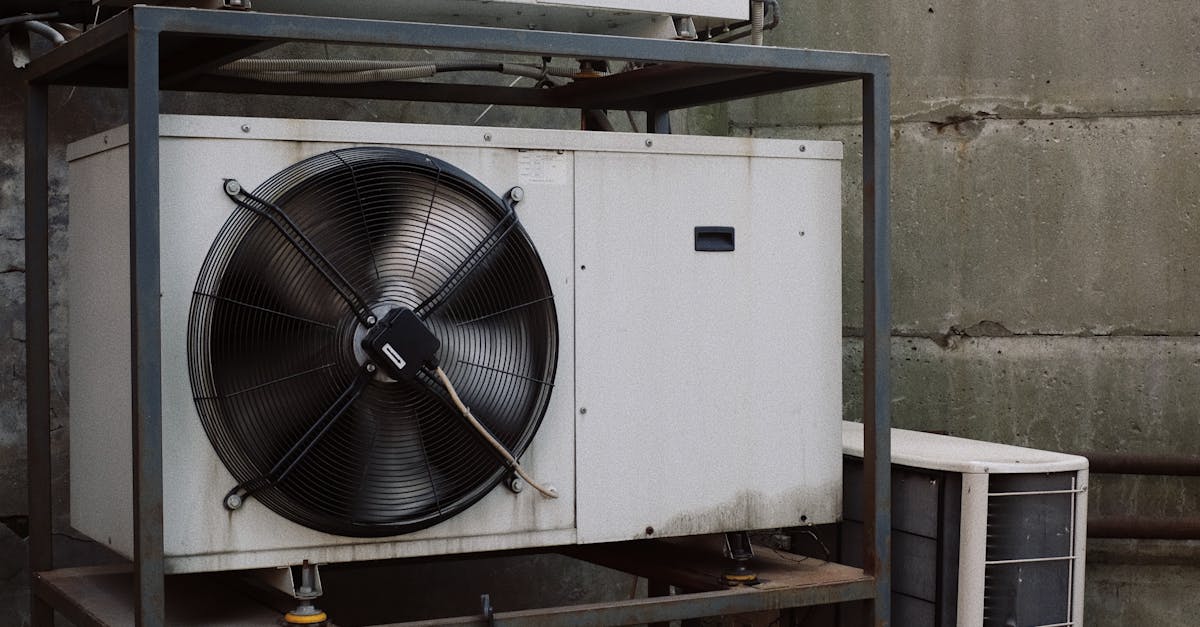
Metal Roof Replacement Melbourne
ential Gear for Safe and Efficient Roof Maintenance
When it comes to maintaining and caring for corrugated metal roofs, having the right gear is essential for ensuring the safety and efficiency of your maintenance tasks. One of the most important pieces of gear is a sturdy and reliable ladder. Ensure that your ladder is the correct height for accessing the roof safely, and always place it on stable ground before climbing. Additionally, investing in a pair of non-slip, sturdy shoes with good ankle support can greatly reduce the risk of accidents while working on the roof.
How do I deal with corrosion on my corrugated metal roof?
Corrugated Metal Roof Maintenance Dos and Don'ts
Are there different design options available for copper roofing?he corrugated metal roof, proceed with repairing them promptly to prevent further issues. Small dents and punctures can often be addressed by filling them with a suitable sealant or using metal patches to cover the affected area. For more significant damage, such as rust or large dents, it may be necessary to replace the damaged panels entirely. By addressing roof damage promptly and effectively, you can help extend the lifespan of your corrugated metal roof and ensure its durability against the elements.
Yes, there are various design options available for copper roofing, including customisation possibilities to enhance the aesthetic appeal of your roof.Dealing with Corrosion on Corrugated Metal Roofs
Corrosion is a common issue that can affect the longevity and structural integrity of corrugated metal roofs. To address this problem, it is crucial to implement anti-corrosion treatments as a preventive measure. These treatments form a protective barrier against moisture and other corrosive elements, helping to extend the lifespan of the roof.Related LinksRegular inspections are essential to catch any signs of corrosion early on. Look out for areas where the metal may be rusting or showing signs of deterioration. If corrosion is identified, prompt action should be taken to apply anti-corrosion treatments or replace the affected panels to prevent further damage and ensure the roof's durability over time.
The Aesthetic Appeal of Copper RoofingApplying AntiCorrosion Treatments to Extend Roof Lifespan SitemapBenefits of Choosing Copper Roofing for Your HomeTo extend the lifespan of corrugated metal roofs and prevent corrosion, it is imperative to apply anti-corrosion treatments regularly. These treatments act as a protective barrier against environmental elements such as rain, humidity, and salt in coastal areas. By applying these treatments, the metal surface is shielded from oxidation and rust, which can compromise the structural integrity of the roof over time.
Enhancing Energy Efficiency with Copper RoofingThere are various types of anti-corrosion treatments available for corrugated metal roofs, such as acrylic coatings, epoxy primers, and specialised metal paints. Before applying any treatment, it is crucial to thoroughly clean the surface of the roof to remove any dirt, debris, or existing rust. Once the surface is clean and dry, the anti-corrosion treatment can be applied evenly using a brush, roller, or sprayer. Regular maintenance and reapplication of these treatments according to manufacturer recommendations will help to significantly extend the lifespan of the corrugated metal roof and preserve its appearance.
Copper Roofing: Resisting Corrosion and WeatheringInspecting and Replacing Damaged Roof Panels
Comparing Copper Roofing with Other Metal Roofing OptionsTo maintain the structural integrity and performance of a corrugated metal roof, regular inspection for damaged roof panels is essential. Start by visually scanning the roof surface for any signs of dents, scratches, or dislodged panels. Focus on areas where water may gather or where debris could accumulate, as these spots are more prone to damage. Additionally, pay close attention to the condition of the panel fasteners and ensure they are tightly secured. Contact Us!
Exploring the Cost-Effectiveness of Copper RoofingOnce you've identified damaged panels, proceed with replacing them promptly to prevent further issues such as leaks or structural weakening. Begin by carefully removing the fasteners that secure the damaged panel in place. Next, gently lift and slide out the damaged panel, taking care not to cause additional harm to surrounding panels. Finally, install a new panel in the vacant spot, aligning it correctly and securing it tightly with appropriate fasteners. Regularly inspecting and replacing damaged roof panels ensures the longevity and functionality of your corrugated metal roof.
Copper Roofing: Historical Significance and Modern ApplicationSteps to Identify and Replace Damaged Corrugated Metal Panels
Inspecting and replacing damaged corrugated metal panels is crucial to maintaining the integrity of your roof. Begin by visually examining the panels for any signs of dents, rust, or corrosion. Check for areas where the protective coating may have been compromised